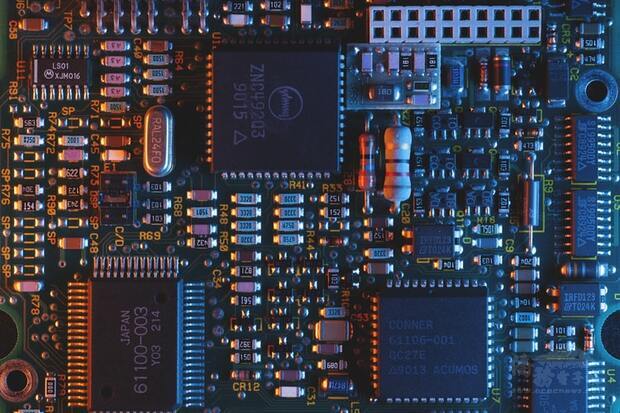The Economic Commission for Latin America and the Caribbean (ECLAC) described six factors that lead to the shortage of semiconductors in the world.
Overall, mobility restrictions imposed in various countries to control the coronavirus disease (COVID-19) pandemic led to disruptions in the electronics industry that have affected several other industries globally.
Among them is the automotive industry, which reduced orders for microprocessors at the beginning of the pandemic due to low demand for cars and cuts in the supply chain.
Factors leading to a shortage of semiconductors include:
- Expansion of demand for computers and other electronic products generated by teleworking and distance education.
- Expansion of the use of cryptocurrencies, whose technology and security guarantee require great computational power.
- Proliferation of remote computing services, including cloud data storage and the deployment of 5G networks.
- Shortage of resins and semiconductors used as insulators in the process of making microprocessors and integrated circuits.
- Large geographic concentration of microprocessor, semiconductor and integrated circuit production (the Republic of Korea and Taiwan Province of China, for example, capture 83% of world chip production).
- High levels of investment and the long periods of time required for the start-up of new microchip and nanochip factories.
Semiconductor shortage
On average, it takes between 2.5 and 4 years for the commissioning of new installed capacity.
Added to this is the effect of new waves of contagion and forced quarantines in the Asian countries that concentrate world production.
To alleviate the crisis, several governments of developed countries have taken measures considering the strategic nature of the sector.
Both the European Union and the United States are trying to incentivize semiconductor production in their territories.
To do this, they seek to create alliances with large companies in the sector, such as Taiwan Semiconductor Manufacturing Company Limited (TSMC) and Samsung, and promote the reactivation of the installed capacity of others, such as Intel Corporation in the United States.
Currently, the US Congress is considering a bill that provides for the granting of subsidies for the local production of microprocessors in the amount of 52,000 million dollars.
Despite all these efforts, it is estimated that the sector will take at least a couple of more years to fully reactivate.
![]()

